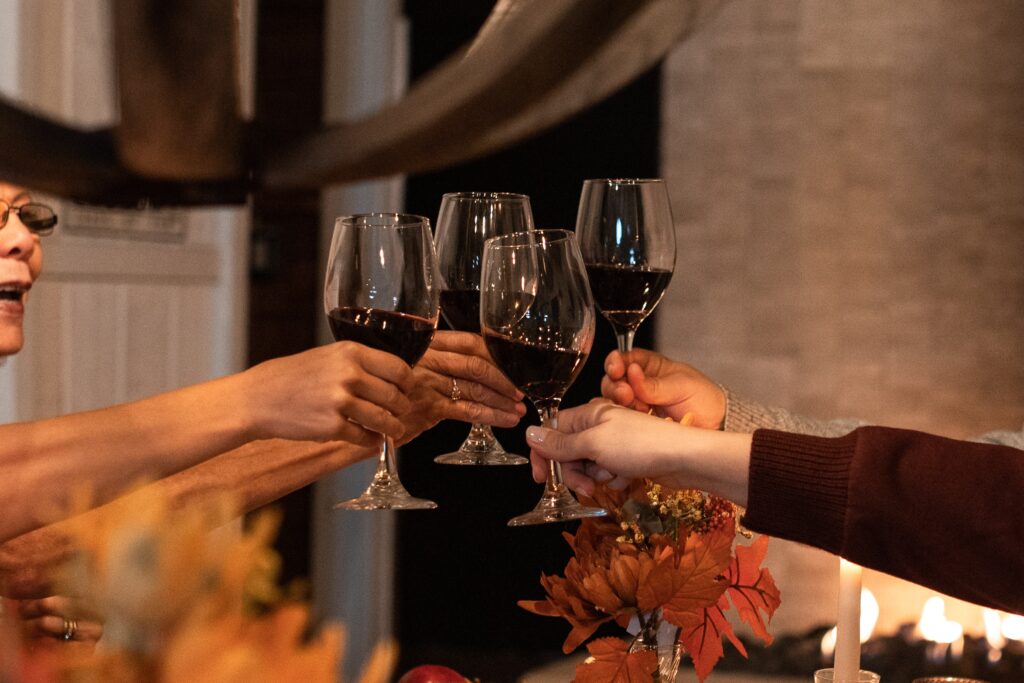
Most of us experienced the donkey lean exercise in our first Zero Balancing class. Up out of our chairs, back to back or side by side with a partner, seeking that sweet spot into which we could both relax. Remember how good it felt to be supporting your partner while being supported by them? What was that? What made it feel so good? Let’s have a glass of wine or a cup of tea and wonder about it together…
We use the term ‘donkey lean’ frequently when talking about Zero Balancing sessions. We use it to describe the relationship we create with our client through our touch and all the ways we can enhance that relationship. We touch at Interface. We touch the client’s energy and structure simultaneously and consciously, AKA Donkey touch. We might attribute the client’s deep relaxation as a response to the quality of the donkey lean we have created. We practice staying present and keeping our attention in our hands as means of deepening the donkey lean.
In my ZB classes, I ask students to name what they experience during the donkey lean exercise. Words like trust, safety, support and relaxation are common. What is it about leaning against another person that engenders these feelings? Why does a donkey lean feel good? What is happening structurally and energetically that causes us to feel so safe and supported?
It is in the nature of the lean to be off-balance. As we lean, our shoulders are no longer over our hips. Our upper bodies are exposed to the pull of gravity and if not for our partner, we would fall. If our partner remains standing up straight while we lean, we won’t fall but the donkey lean feeling is missing. Why? We are safe. They are preventing us from falling and getting hurt. If our partner is leaning with their upper body but not their lower body, they can prevent our falling as well. We are still safe. Yet it doesn’t feel as good as if they are leaning as much as we are. We are still more exposed to gravity than they are.
We are still more exposed. Is that it? Does the mutual feeling of exposure have an effect? Is it because when our partner leans as much as we do, they need to trust us as much as we need to trust them? We are responsible for each other’s safety, at least structurally. Why would that feel good?
What about energetically? Can an energetic lean occur in the absence of a safe structural lean? Can we find the sweet spot, relax and trust someone who doesn’t have our back…literally?
What about the opposite? Have you experienced a donkey lean in which someone leans in with their structure but not their energy? The person is physically there while not really being there? Does that feel safe? Does it feel good?
Have you experienced a donkey lean where you really wanted to lean in but your body just wouldn’t do it? Where you wanted to trust your partner but couldn’t? Why did that happen?
Have you noticed what happens if your partner’s attention wanders? Structurally everything remains the same, yet you instinctively sense a change. What has happened?
Lastly, how does this phenomenon carry over into your practice? I’m often aware when giving a Zero Balancing session that I need to be present in my touch in order for my client to begin to relax. In donkey lean terms, I need to lean in first. A lot. In the donkey lean exercise, someone also needs to lean in first. Yet we can’t lean too much or we’ll fall before the other person’s lean can prevent it. What is different about these two situations?
I hope this has intrigued and inspired you to wonder about donkey leans! Thanks for reading!
